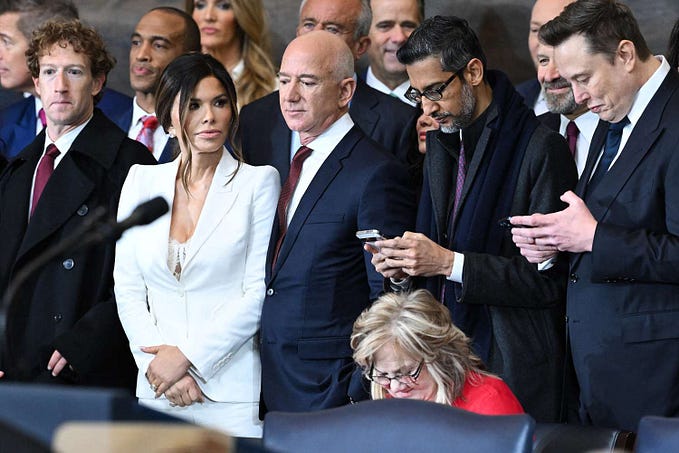Psychology to UX design Part 3— a guide to human experience

Hi, my name is Ameer and i’m the designer of Sigma. Being a product designer i’ve learnt so many valuable lessons from great designers all around the world like Dieter Rams, Johny Ive, Tom Kelley and the mentality of Steve Jobs towards design and so many more. We all know about trends, modern methods and studying the data but the core factor of design usually lost in between, and that’s all about humans.
To be right on point, we’re designing for humans, so that anything that we feel like it works great and we love it, has to do something with how humans perceive and experience. That’s where understanding humans becomes the main objective of a product.
So let’s look a few terms to be applied to UX design.
Empathy Gap

The empathy gap occurs when individuals underestimate how their emotions influence their decisions or behaviors, especially when they are in a different emotional state.

Decoy Effect

The Decoy Effect is a cognitive bias where the introduction of a third, less attractive option influences individuals to favor one of the original options, which may have seemed less appealing when considered alone. This effect is often used in marketing and decision-making contexts to steer people towards a specific choice by manipulating their perception of alternatives.

Framing

Framing is a cognitive phenomenon where the presentation or context of information influences individuals’ perceptions, judgments, and decisions. By framing information in different ways, such as emphasizing gains versus losses or highlighting different aspects of an issue, individuals may interpret the same information differently, leading to varied responses and outcomes.

Attentional Bias

Attention bias refers to the tendency of individuals to selectively focus their attention on certain stimuli or information while neglecting others. This cognitive phenomenon can be influenced by factors such as past experiences, emotions, and individual differences, and it plays a significant role in shaping perception, memory, and decision-making processes.

to Design for humans
Sometimes designers get lost in all the trends and focus so much on the common methods that it’s easy to forget it’s all about humans. It’s all about caring and empathy towards how we feel and behave in the first place. To design what feels right, rejecting reasons like what the business data currently says or what’s getting impressions. To truly come up with a profound idea that’s wonderful to experience, That’s humane.
Collected from:










